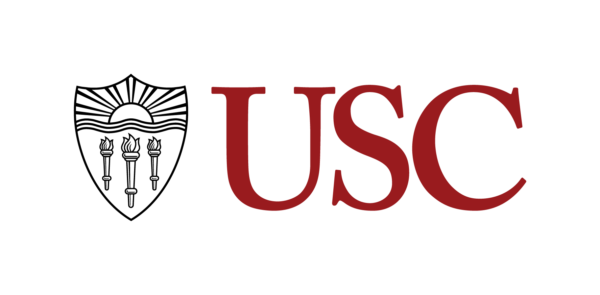Slots:
Deadlines
Internal Deadline: Friday, August 9th, 2024, 5pm PT
LOI: N/A
External Deadline: September 27, 2024
Recurring Deadlines: September 26, 2025; September 28, 2026
Award Information
Award Type: Grant
Estimated Number of Awards: The number of awards is contingent upon NIH appropriations and the number of meritorious applications submitted.
Anticipated Award Amount: Application budgets are not limited but must reflect the actual needs of the proposed project.
Who May Serve as PI:
- The contact PD/PI must be from the applicant organization. The contact PD/PI is expected to have a full-time appointment at the applicant organization unless extremely well-justified. If the full-time status of the contact PD/PI changes after the award, the organization must obtain prior approval to appoint a new PD/PI or request a deviation from the full-time rule.
- To provide research training leadership for the program, at least one of the training PDs/PIs should have a record of using rigorous and transparent methods in experimental design, data collection, analysis, and reporting in a biomedical research field applicable to the program.
- Additional PDs/PIs may be included to strengthen the expertise of the PD/PI team. Examples include individuals such as program directors who regularly interact with students, or individuals with expertise in education, relevant social sciences, program evaluation, mentoring, efforts to promote broad participation in the biomedical sciences, or university administration.
The PD(s)/PI(s) will be responsible for:
- The overall direction, management, and administration of the program, including ensuring the training program is appropriately evaluated.
- The day-to-day administration of the program, including direct involvement with trainees.
- The selection and appointment of trainees to the research training program.
- The selection of faculty mentors for the program, assessment of mentor performance, and ensuring the program deals appropriately with substandard mentor performance.
- Monitoring and assessing the program and submitting all documents and reports as required.
- Appointing members of the Advisory Committee (when applicable) and implementing their guidance as appropriate.
Link to Award: https://grants.nih.gov/grants/guide/pa-files/PAR-24-232.html
Process for Limited Submissions
PIs must submit their application as a Limited Submission through the Research Initiatives and Infrastructure (RII) Application Portal: https://rii.usc.edu/oor-portal/. Use the template provided here: RII Limited Submission Applicant Template
Materials to submit include:
- (1) Two-Page Proposal Summary (1” margins; single-spaced; standard font type, e.g. Arial, Helvetica, Times New Roman, or Georgia typeface; font size: 11 pt). Page limit includes references and illustrations. Pages that exceed the 2-page limit will be excluded from review. You must use the template linked above.
- (2) CV – (5 pages maximum)
Note: The portal requires information about the PIs in addition to department and contact information, including the 10-digit USC ID#. Please have this material prepared before beginning this application.
Purpose
The Overarching Objective of the Bridges to the Doctorate program is to promote broad participation in the biomedical research workforce by strengthening research training environments and expanding the pool of well-trained master’s students who transition to and complete biomedical Ph.Ds. The program should provide trainees with the following:
- A broad understanding across biomedical disciplines.
- The skills to independently acquire the knowledge needed to advance their chosen fields and careers.
- The ability to think critically and identify important biomedical research questions and approaches that push forward the boundaries of their areas of study.
- A strong foundation in scientific reasoning, rigorous research design, experimental methods, quantitative and computational approaches, and data analysis and interpretation.
- The skills to conduct research in the safest manner possible, and a commitment to approaching and conducting biomedical research responsibly, ethically, and with integrity.
- Experience initiating, conducting, interpreting, and presenting rigorous and reproducible biomedical research with increasing self-direction.
- The ability to work effectively in teams with colleagues from a variety of cultural and scientific backgrounds, and to promote inclusive and supportive scientific research environments.
- The skills to teach and communicate scientific methodologies and findings to a wide variety of audiences (for example, discipline-specific, across disciplines, and for the public).
- The knowledge, professional skills and experiences required to identify and transition into careers in the biomedical research workforce (for example, the breadth of careers that sustain biomedical research in areas that are relevant to the NIH mission).
Visit our Institutionally Limited Submission webpage for more updates and other announcements.
